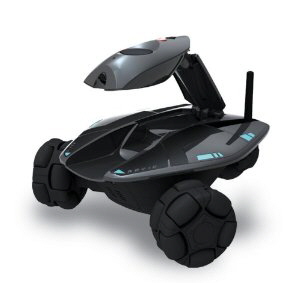Keeping in touch with people is hard to do when every one moves away or have busy lives. long distance calls to old friends become few and far between. While post cards and christmas card may help the expense of it all becomes an issue and later people who don't make regular appearance just simply drifts away,
and then comes the internet and opens up communications.
Voice over Internet Protocol) commonly refers to the communication protocols, technologies, methodologies, and transmission techniques involved in the delivery of voice communications and multimedia sessions over Internet Protocol (IP) networks, such as the Internet. Other terms commonly associated with VoIP are IP telephony, Internet telephony, voice over broadband (VoBB), broadband telephony, IP communications, and broadband phone.
A major development that started in 2004 was the introduction of mass-market VoIP services that utilize existing broadband Internet access, by which subscribers place and receive telephone calls in much the same manner as they would via the public switched telephone network (PSTN). Full-service VoIP phone companies provide inbound and outbound service with Direct Inbound Dialing. Many offer unlimited domestic calling for a flat monthly subscription fee. This sometimes includes international calls to certain countries. Phone calls between subscribers of the same provider are usually free when flat-fee service is not available A VoIP phone is necessary to connect to a VoIP service provider.
The term telepresence was coined in a 1980 article by Marvin Minsky, who outlined his vision for an adapted version of the older concept of teleoperation that focused on giving the remote participation a feeling of actually being present.
The first commercially successful telepresence company, Teleport (which was later renamed TeleSuite), was founded in 1993 by David Allen and Harold Williams. Before TeleSuite, they ran a resort business from which the original concept emerged, because they often found businesspeople would have to cut their stays short to participate in important meetings. Their idea was to develop a technology that would allow businesspeople to attend their meetings without leaving the resorts so that they could lengthen their hotel stays.
Rather than traveling great distances in order to have a face-face meeting, it is now commonplace to instead use a telepresence system, which uses a multiple codec video system (which is what the word "telepresence" most currently represents). Each member/party of the meeting uses a telepresence room to "dial in" and can see/talk to every other member on a screen/screens as if they were in the same room. This brings enormous time and cost benefits. It is also superior to phone conferencing (except in cost), as the visual aspect greatly enhances communications, allowing for perceptions of facial expressions and other body language.
Telepresence robots are basically mobile video conference machines. The robots have been designed with a screen for viewers to interact with, as well as speakers to project your voice. Users can control the robot via the Internet, using a program or app. Along with communications ability, telepresence robots are wheeled to give the remote user the ability to move around. Previous telepresence robots were fairly expensive and were aimed at the wealthy or people with disabilities.
only recently with the cost of electronics and emerging technologies have made it possible for robotics to work with over the wire communication. The possibility of being able to project the knowledge and the physical skill of a surgeon over long distances has many attractions. Thus, again there is considerable research underway in the subject. (Locally controlled robots are currently being used for joint replacement surgery as they are more precise in milling bone to receive the joints.) The armed forces have an obvious interest since the combination of telepresence, teleoperation, and tele-robotics can potentially save the lives of battle casualties by allowing them prompt attention in mobile operating theaters by remote surgeons.
The possible future of telepresence is to have a fully immersive system to allow interaction, epidermal electronics last year have a new tactile system that could one-day bring real sense of touch to telepresence applications. Surgical robots and human doctors could virtually feel surfaces temperatures and other sensations through a special smart glove. This idea could also be extended for long distance couples who are missing each other, as there is already a kissing device which allows people to feel each others kiss through a remote interface. Despite a slight delay in communication over long distance, I hope that technology such as quantum entanglement would one day be advance enough to reduce lag times. A fully immersive system would have many more applications besides medical, image that you can utilize your robot to handle hazardous chemicals and make repairs in dangerous environments. Today the cost of a telepresence robot is going down in price. There a few companies out there competing to establish themselves for a led in the market, hopefully might drive the technology forward.





No comments:
Post a Comment